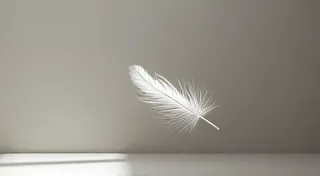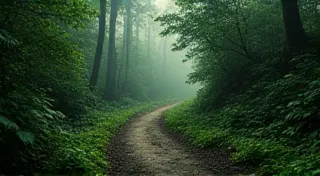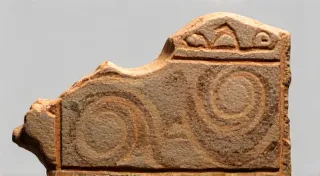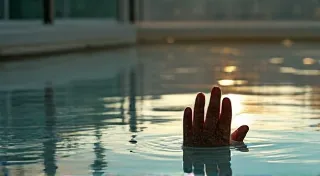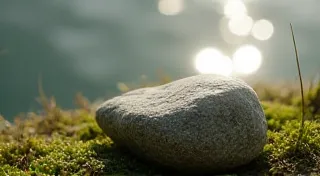The Collector's Codex: Unveiling the Secrets of a Mineral Library
There’s a quiet reverence that settles over a mineral collector. It’s not the kind of clamor associated with frenzied auctions or boasts of rarity. It’s something deeper, a hushed acknowledgement of epochs, of pressures untold, of processes far grander than our fleeting human existence. It’s the feeling of holding a piece of the Earth’s history in your palm, a silent story etched in quartz, amethyst, or the vibrant swirls of agate. Building a mineral collection isn’t merely gathering pretty rocks; it's curating a library of geological narratives, each specimen a page whispering tales of volcanic eruptions, ancient seas, and the slow, relentless work of time.
My own journey began, not with the pursuit of a specific mineral, but with an old family heirloom: a small, unassuming box containing a handful of river stones. My grandfather, a taciturn man of few words, had collected them during his childhood, meticulously labeling each with a spidery script, noting the location and date. These weren’t dazzling specimens; mostly dull grey stones, flecked with mica. But the act of collecting, the care with which they were preserved, spoke volumes. It instilled in me a respect for the process, for the patience required to appreciate the subtle beauty hidden within the seemingly ordinary. This wasn’t about prestige; it was about connection – a tangible link to a man I barely knew, and to the Earth that shaped us both.
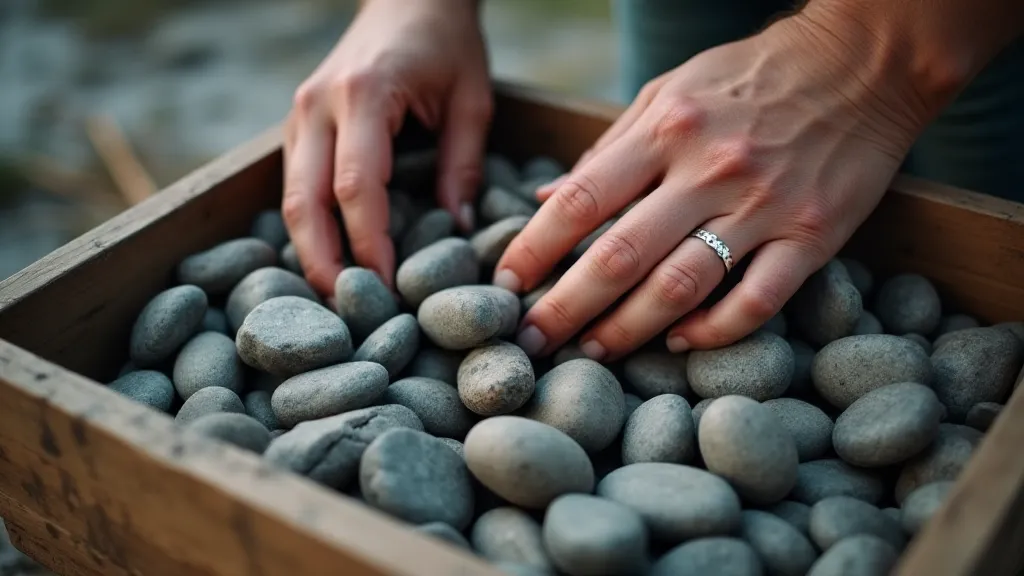
Beyond Beauty: Understanding Geological Context
The true beauty of a mineral collection arises not just from aesthetic appeal, but from understanding its geological context. A chunk of rose quartz is stunning, undeniably, but its story becomes infinitely more compelling when you know it formed within a pegmatite, a rare type of igneous intrusion, often associated with rare earth elements. Similarly, a vibrant malachite specimen tells a tale of ancient copper deposits, leached by water and precipitated into those striking green bands. This is where the joy of learning truly begins. Reading geological reports, exploring local mining histories, even just poring over online resources can transform a simple collection into a profound education.
For the beginner, a good starting point is to focus on common minerals found locally. Quartz, feldspar, and mica are nearly ubiquitous and provide a foundation for understanding more complex formations. The simple act of identifying these common minerals—understanding their crystal structures, hardness, and cleavage—provides a framework for recognizing rarer and more intriguing specimens later on. Don't be afraid to ask questions at rock and mineral shows. Most collectors are more than willing to share their knowledge and passion.
The Art of Acquisition: From Rockhounding to Ethical Sourcing
Acquiring minerals can be approached in many ways. Rockhounding, the thrill of the hunt for your own specimens, is an immensely rewarding experience. It connects you directly to the Earth and provides a deeper appreciation for the effort involved in collecting. Always, *always* research the regulations governing rockhounding in your area. Many public lands have specific rules about collecting, and respecting those rules is paramount. Private land requires explicit permission.
Alternatively, purchasing minerals from reputable dealers ensures ethical sourcing. Many miners now prioritize sustainable practices and are transparent about the origin of their specimens. Supporting these dealers helps to preserve mining areas for future generations and minimizes the environmental impact of mineral extraction. The rise of online marketplaces has made it easier than ever to acquire minerals from around the world, but due diligence is crucial – research the seller's reputation and be wary of overly cheap prices, which may indicate unethical practices.
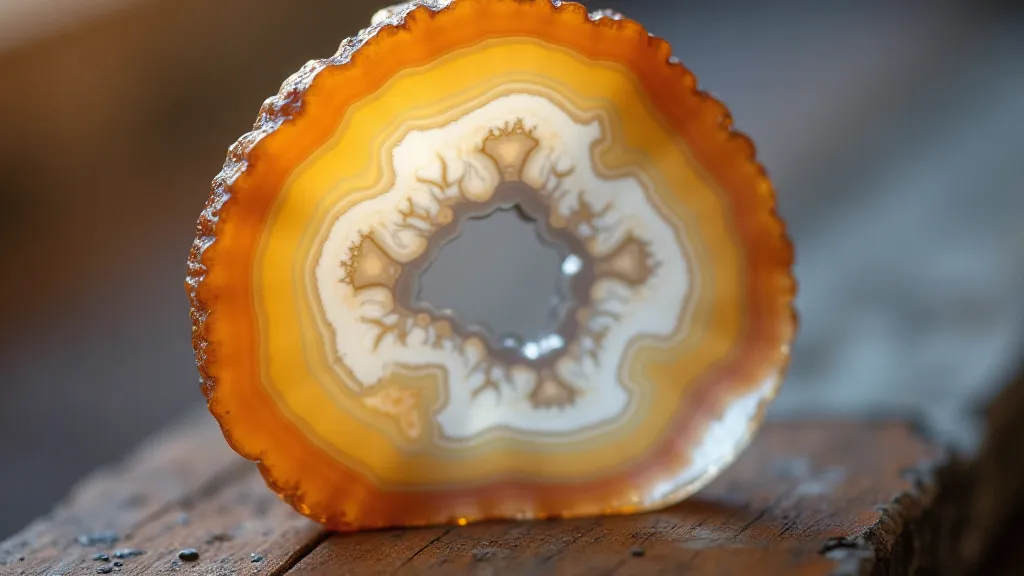
Preservation and Presentation: Caring for Your Collection
Once you’re fortunate enough to add a new specimen to your library, proper care and preservation become essential. Minerals are often fragile and susceptible to damage from light, humidity, and contact with other materials. Many minerals benefit from being stored in airtight containers or archival-quality boxes. Exposure to direct sunlight can fade colors and weaken crystal structures. Labeling each specimen with accurate information – location, date, mineral name, and any relevant notes – adds tremendous value to the collection and serves as a permanent record of its journey.
The presentation of your collection is a personal choice. Some collectors prefer to display their specimens in carefully arranged cabinets, while others opt for a more minimalist approach. The key is to create an environment that showcases the beauty of the minerals and protects them from damage. Consider using museum-quality display cases with UV-protective glass and humidity control.
More Than Just Rocks: A Chronicle of Time and Discovery
Ultimately, a mineral collection transcends the accumulation of inanimate objects. It becomes a chronicle of geological history, a testament to the enduring power of nature, and a record of personal discovery. Each specimen represents a moment in time, a snapshot of a planet constantly evolving. And each time you hold one in your hand, you’ve also gained a glimpse into the passion of the person who found or cherished it before you.
My grandfather’s little box of river stones may have been unremarkable, but they sparked a passion that has enriched my life immeasurably. It taught me that the greatest treasures are not always the most dazzling, but the ones that tell the most compelling stories. And those stories, etched in quartz, amethyst, and agate, are waiting to be discovered, one specimen at a time. The pursuit itself is the true reward; the quiet satisfaction of connecting with the Earth, and with the echoes of time.

